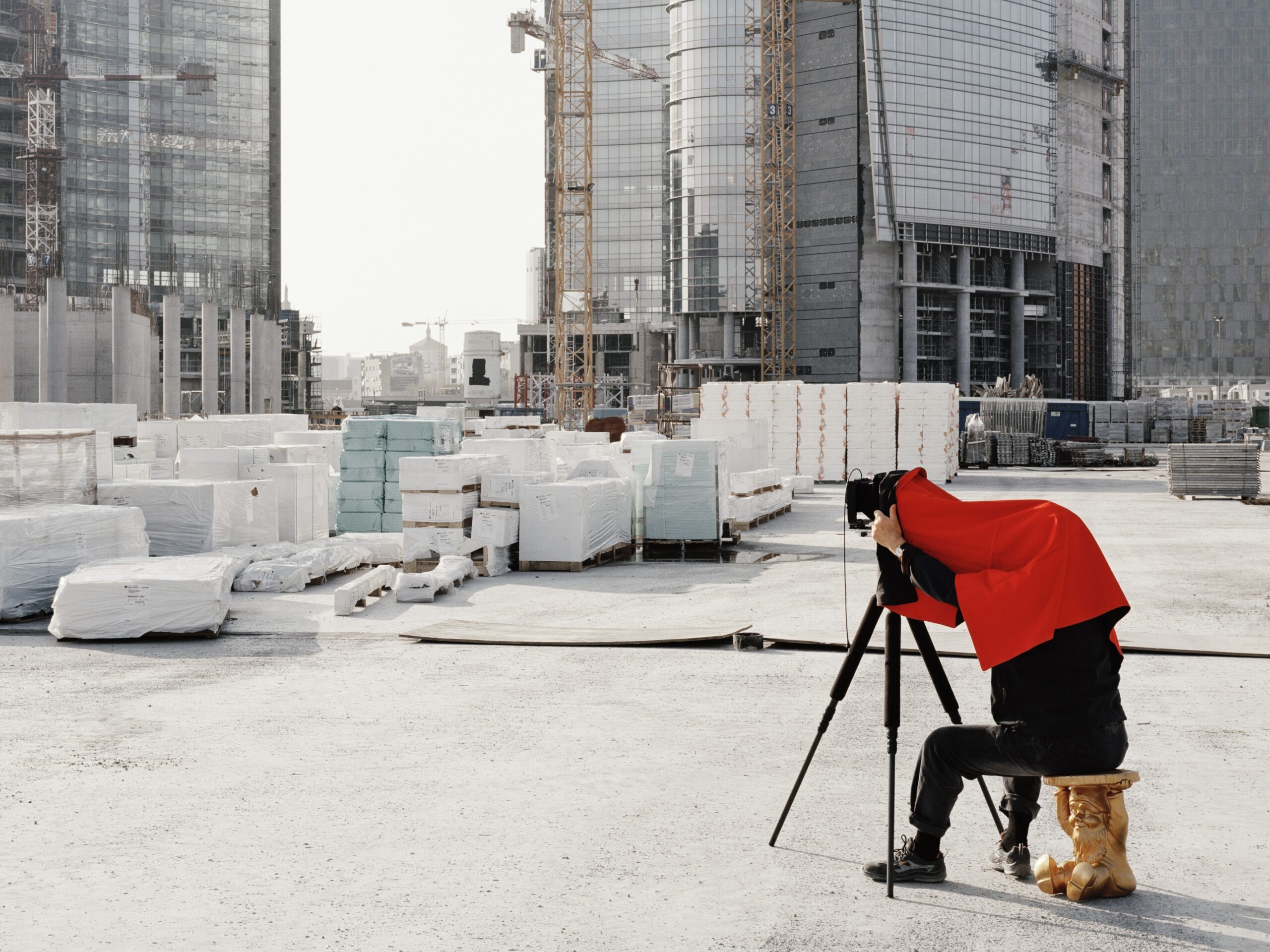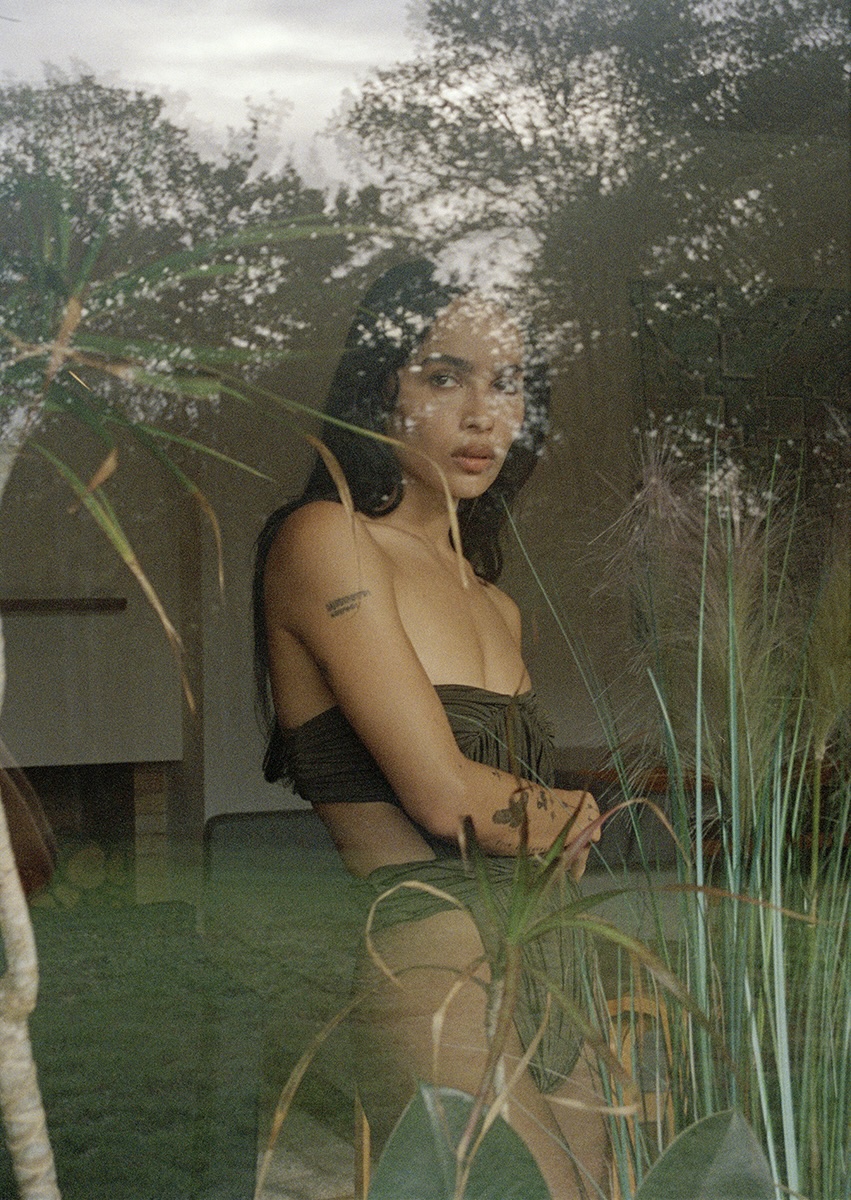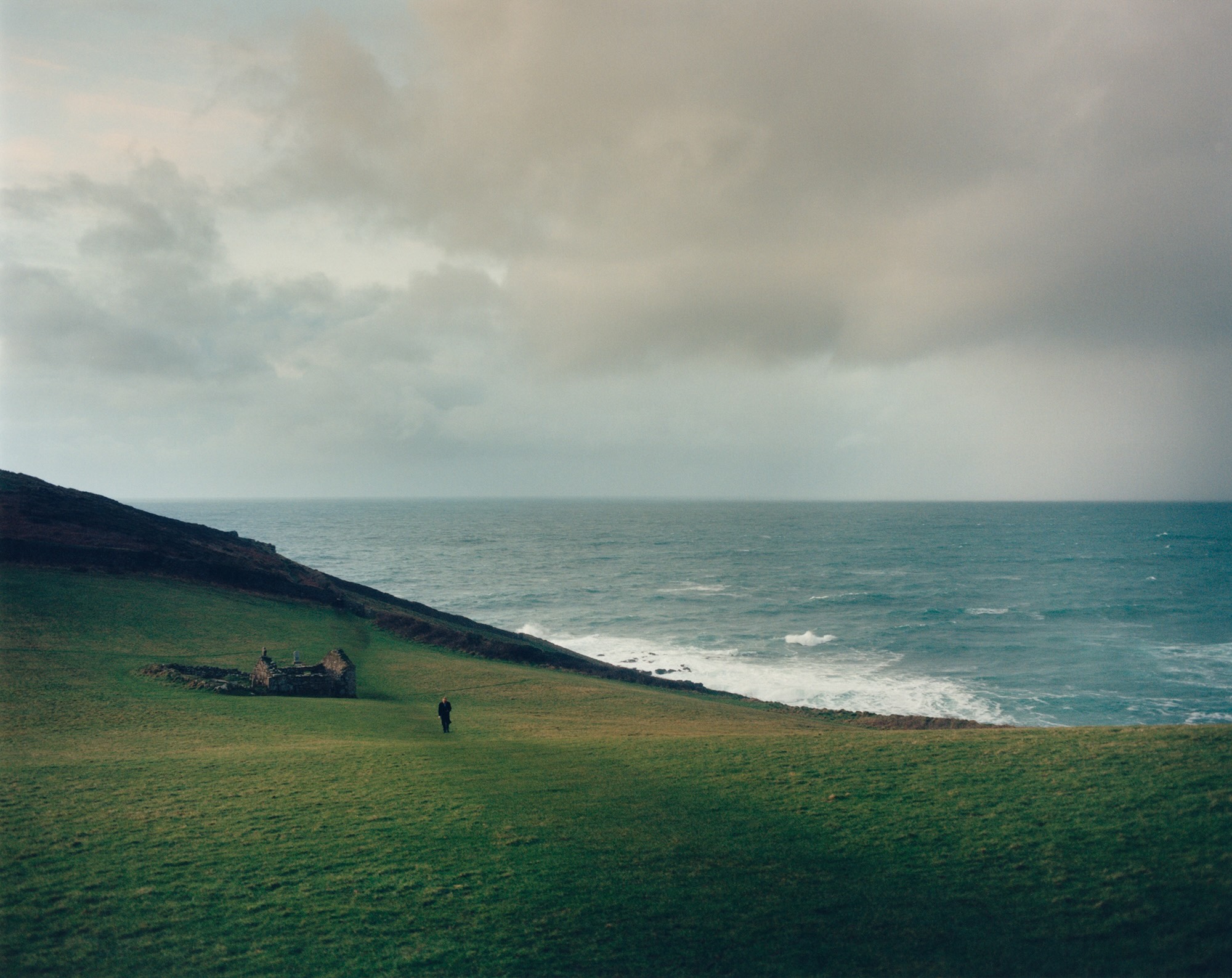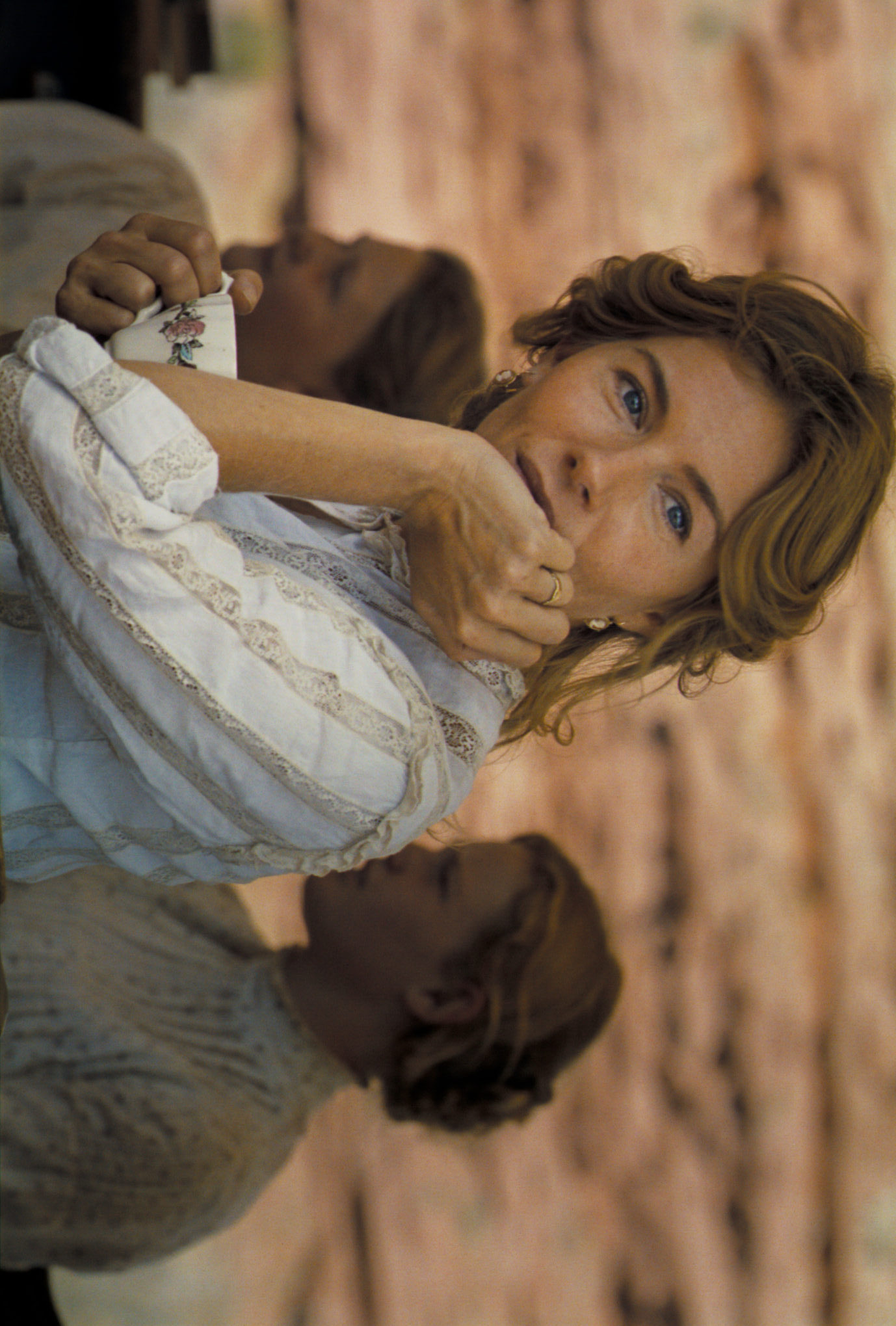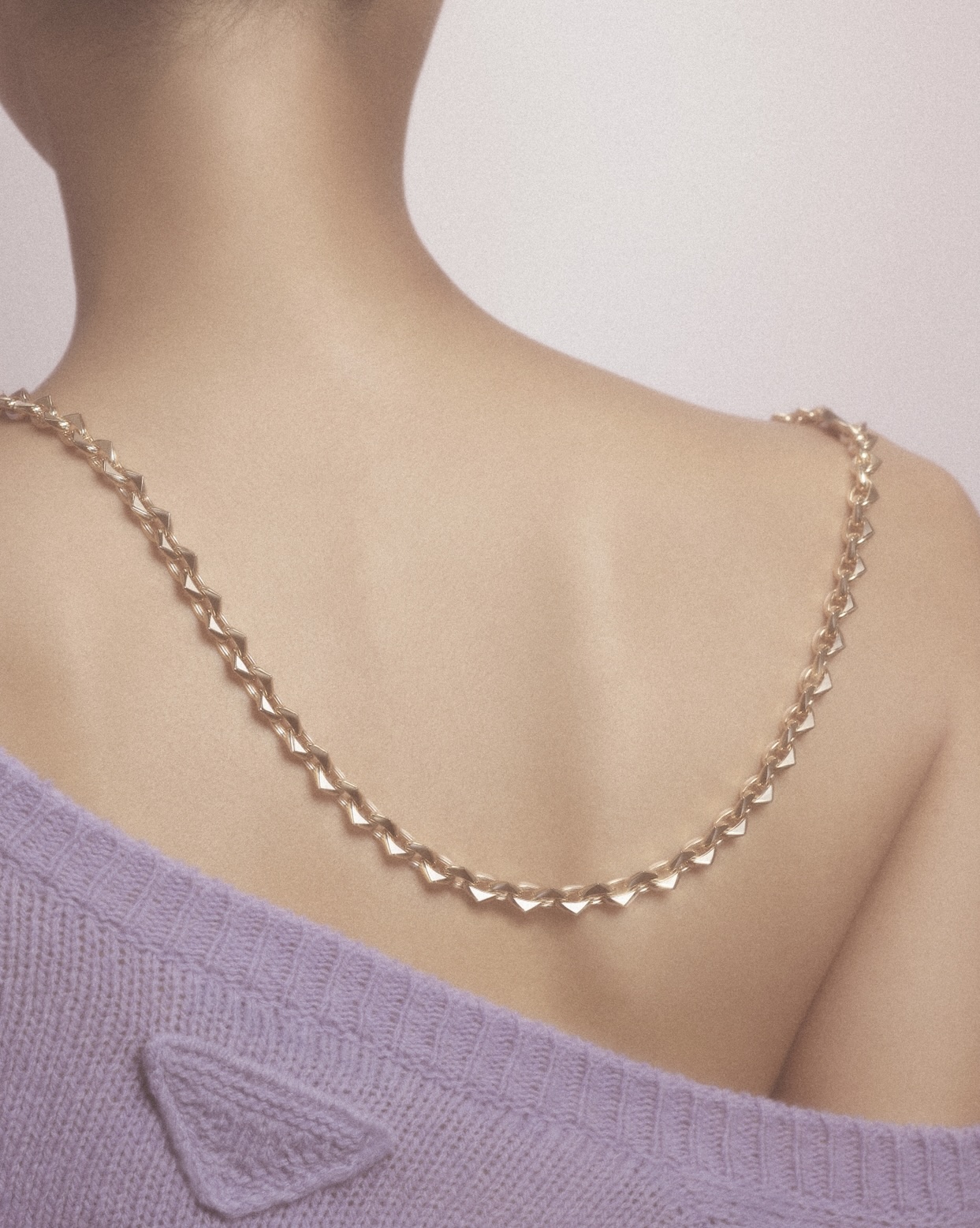Gabriele Basilico (1944-2013) was a great photographer who loved to investigate urban space by getting progressively closer to the architectural subject. His narrative emerged from a series of shots from close viewpoints, able to restore the sense of architecture and its surrounding context, always in a spontaneous way. Ten years have passed since his death and Milan misses him terribly. So a large exhibition spanning two venues – Palazzo Reale and Triennale Milano – seeks to pay tribute to him, casting a glance at the city of Milan capable of listening to the heart of Basilico’s work. This major retrospective is an unprecedented opportunity to travel through the life of the master of contemporary Italian photography and to get a deep taste of his practice as an artist, the one who, like Robert Smithson, made wandering through the city a daily exercise in rewriting the present. Gabriele Basilico Le mie città (My Cities), produced in collaboration with the Museum of Contemporary Photography, presents for the first time in an organic and complete way the documentation work Basilico has done on his own city over the course of nearly 40 years, recounting the architecture, building fabric, monuments, urban development and transformations of Milan and its metropolitan area. More than any other city, it offered Basilico the opportunity to experiment, to undertake research with breadth of subject matter, available time and capacity for movement.
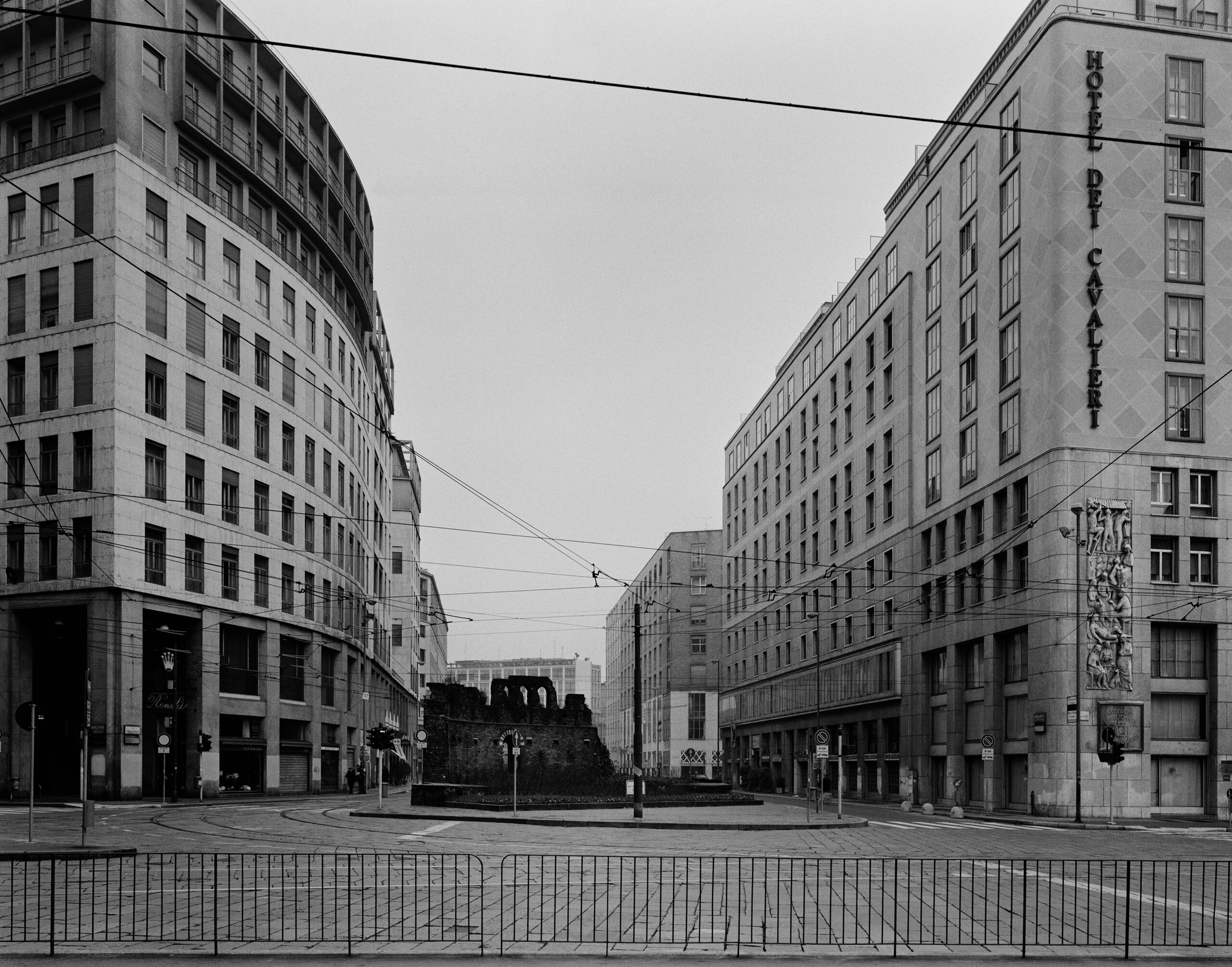
“I would have followed Gabriele and watched with him, through his eyes at once delicate and implacable, at Milan in the terrible months of the pandemic; the Milan of empty streets, empty squares, house facades holding a crowd of scattered individuals. I would have liked to talk with Gabriele about the restless melancholy of a city rediscovered as muscular, successful, and yet so fragile in its effort to remove a collective drama of unforeseen dimensions.”
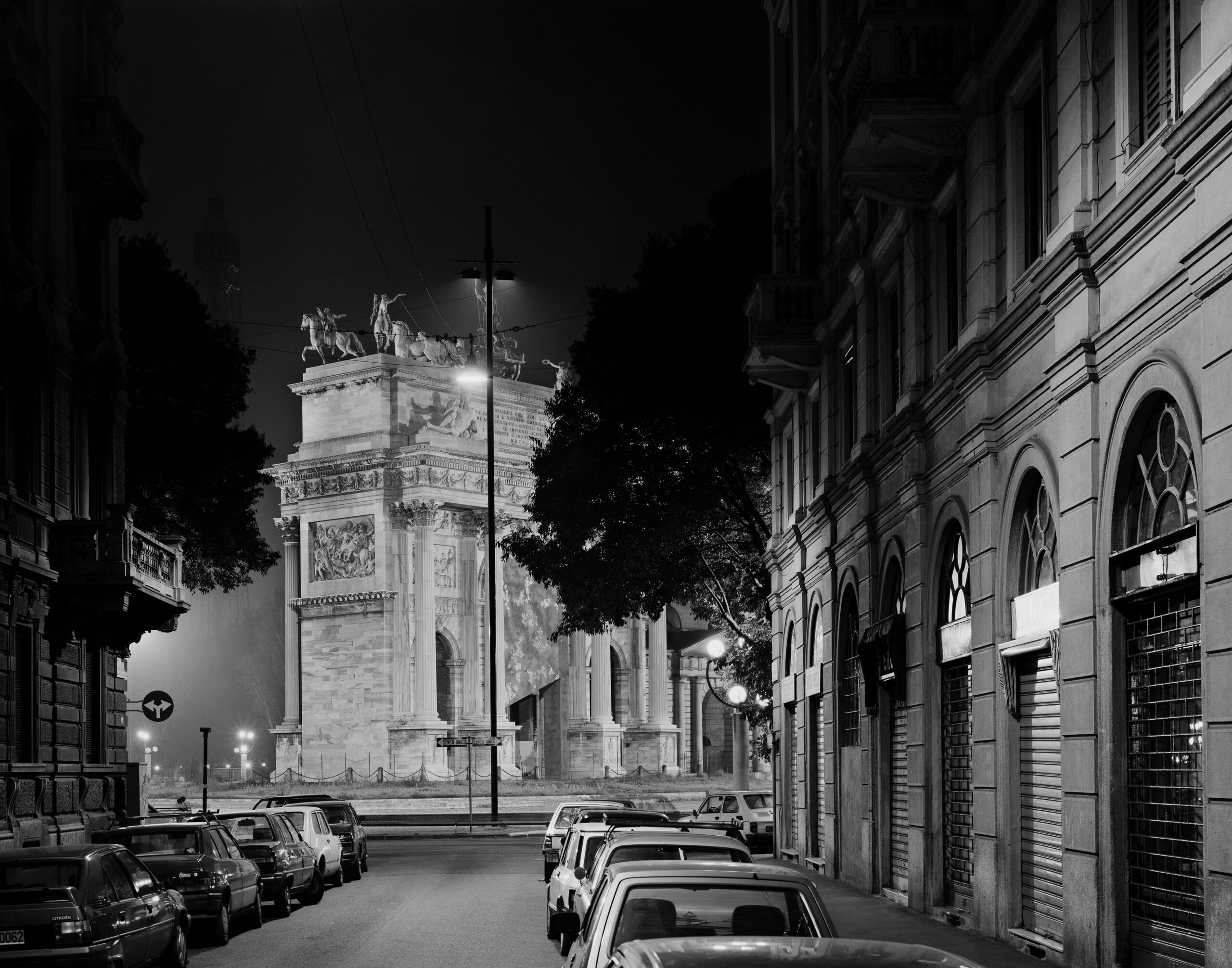
Basilico’s eye gives an authentic look at the diversity of the cultural fabric of a city like Milan, always in transformation and exposed to the sensitivities and fragilities of the world. The city is for Basilico the creative nucleus, that is, the space to be observed par excellence because it is filled with potentiality from where the essence of the visible is celebrated. Thanks to Basilico’s truly unique ability to listen to the world, the images in the exhibition go beyond the rationality of a photograph and tell engaging stories. The exhibition is structured through thirteen series called fields of inquiry, which express the artist’s planning in relating to the urban organism. Each of them involves the exploration of a precise theme, more or less circumscribable to a topographical level or to a prolonged period of work. Basilico repeatedly declared that Milan was for him, photographically, a site of experimentation, where as nowhere else could he work with breadth of themes, time at his disposal, and capacity for movement. It is not by chance that this is the only context in which he wanted to work even in the absence of a direct commission, moved by that “social mandate” that has characterized his entire practice. His work, immersed in the climate of social reportage, describes in a trajectory of visual and historical fragments the suffered and complex documentation of Milan’s transformation from a manufacturing city to a hub of finance international. Among the artist’s most interesting series Milano. Ritratti di fabbriche (Milan. Portraits of Factories), the ambitious project of photographing the whole city through decommissioned industrial buildings – which constituted a turning point in his career. La città interrotta (The Interrupted City), on the other hand, constitutes a kind of political manifesto of documentary photography.
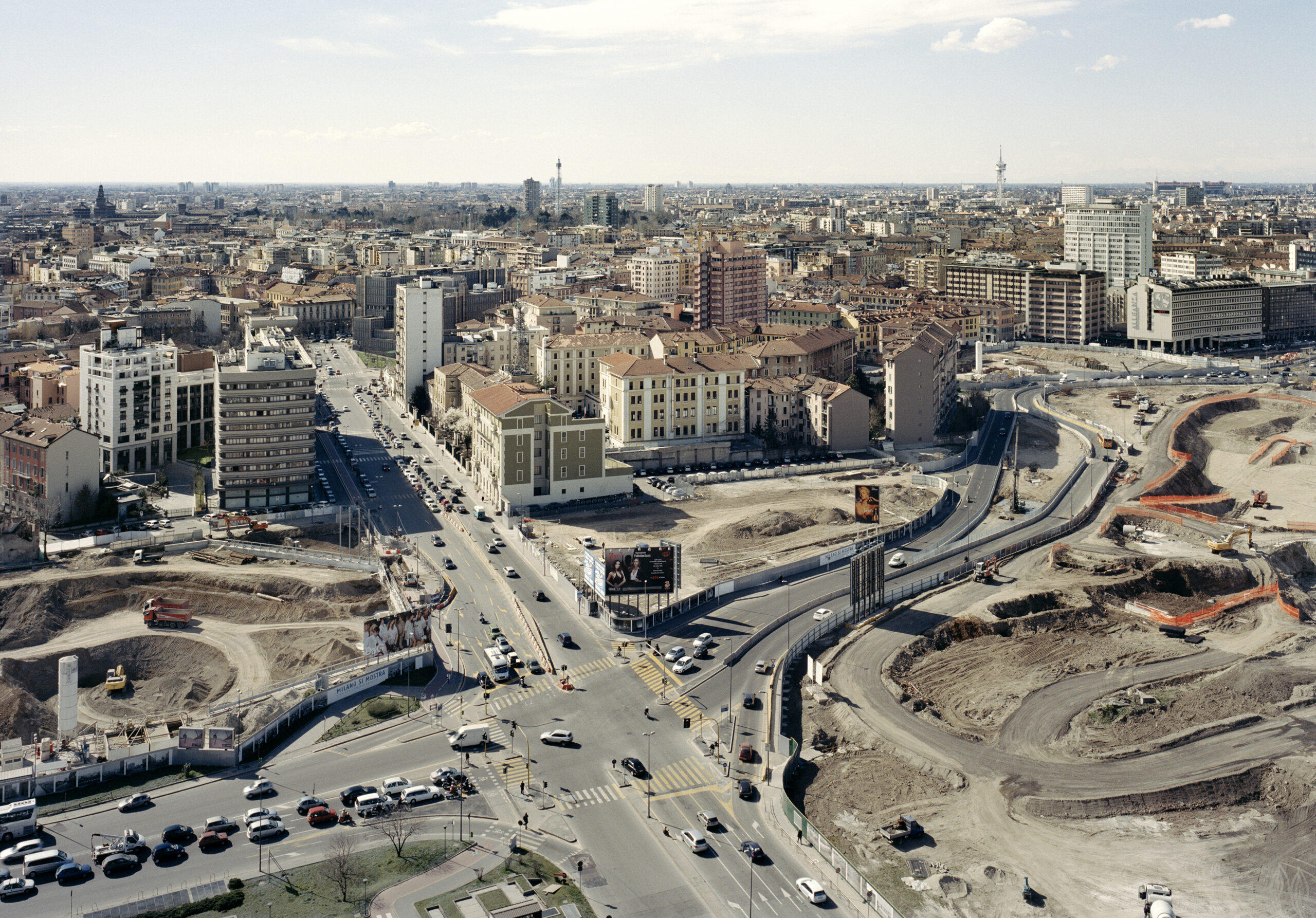
“I love Milan for its beautiful and its miserable part, from the neighborhoods, to the houses, to the walls, to the pavements. It has its own beauty and ugliness, external, visible, which are embodiments of its history.”
Finally, as a now internationally acclaimed author, he devoted himself to the long assignment of documenting the works for the transformation of Porta Nuova, a place symbolic for the contradictions of an increasingly global city, concentrated and dematerialized at the same time. Basilico generated an interpretive code for his own work, a way of writing and reading the city. This was the guideline on display at the Triennale, a practice of rewriting the real through his eye in a historical continuum of city passages. A modern condition juxtaposed with a postmodern one, because after all, as Max Weber stated, reality exists only if it is told, and Basilico, as a great Master, had the ability to see reality with special eyes, putting feeling, empathy and, above all, planning into it. Elements that give life to a narrative that engages and shakes us, putting a bright light on the body-skeleton of Milan at a time when its city is very fragile. The Gabriele Basilico exhibition Le mie Città gives a documentary exercise to all of us, allowing the experimentation of a language that we later find fulfilled in photographs of the world’s metropolises.
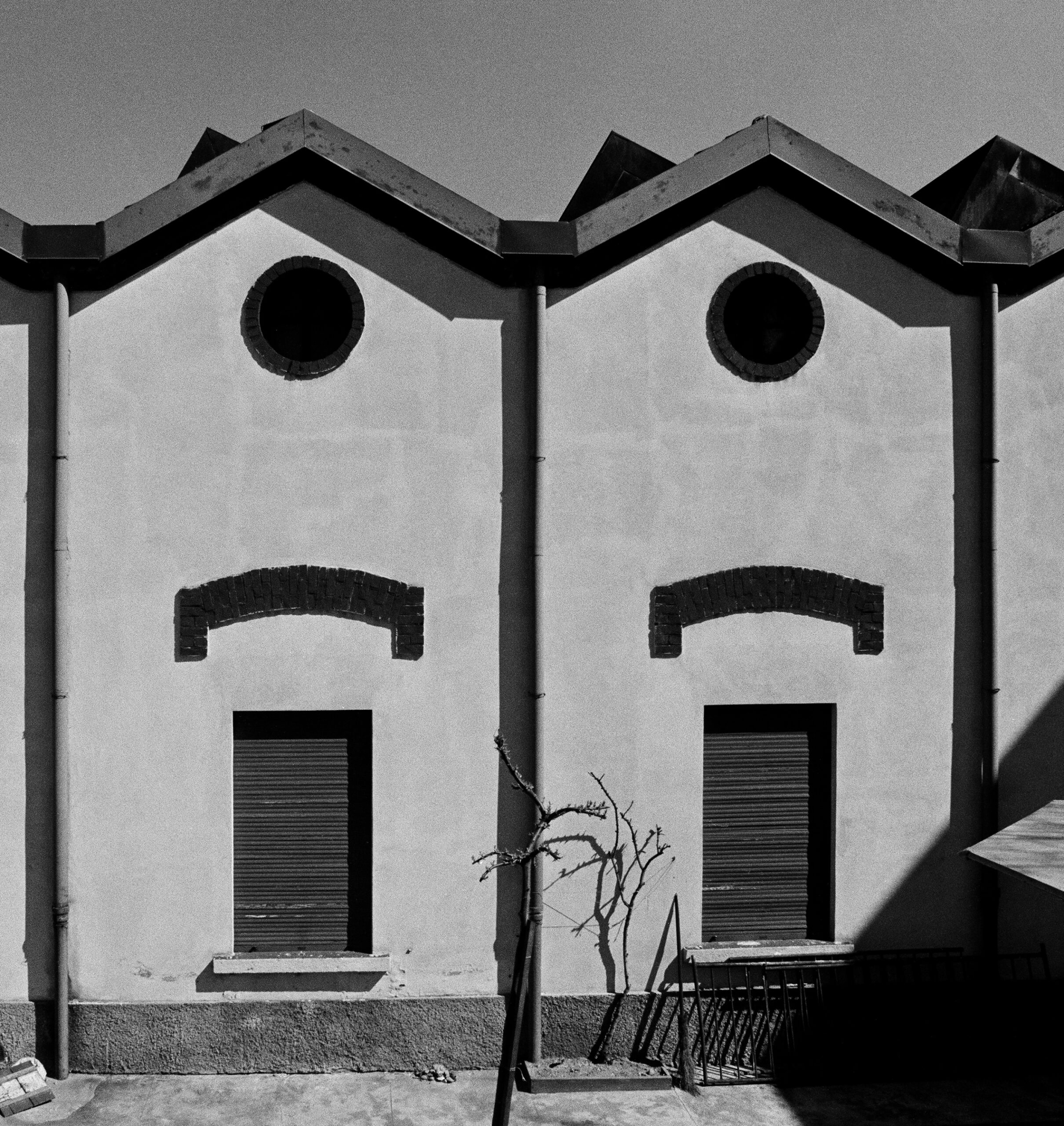
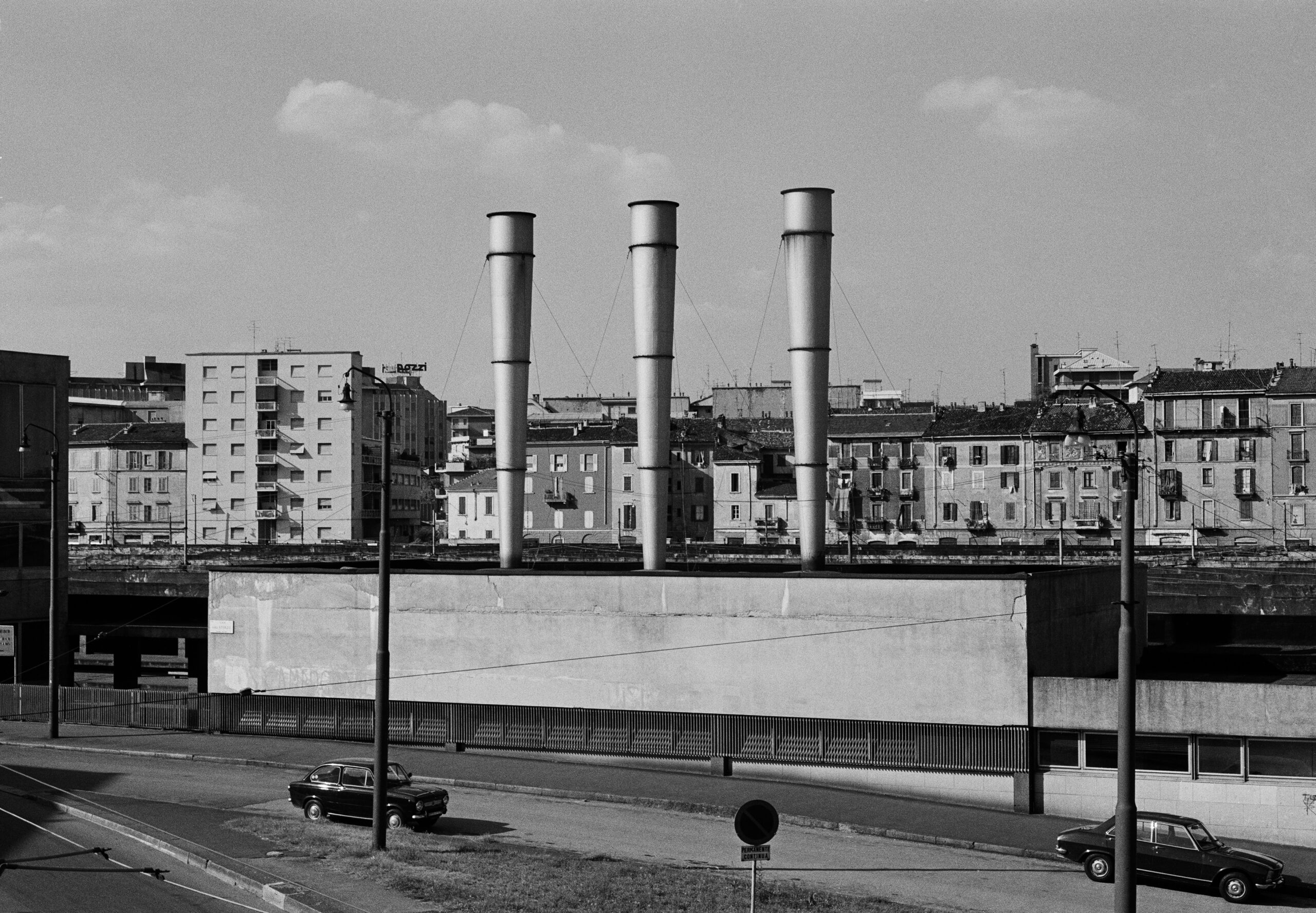
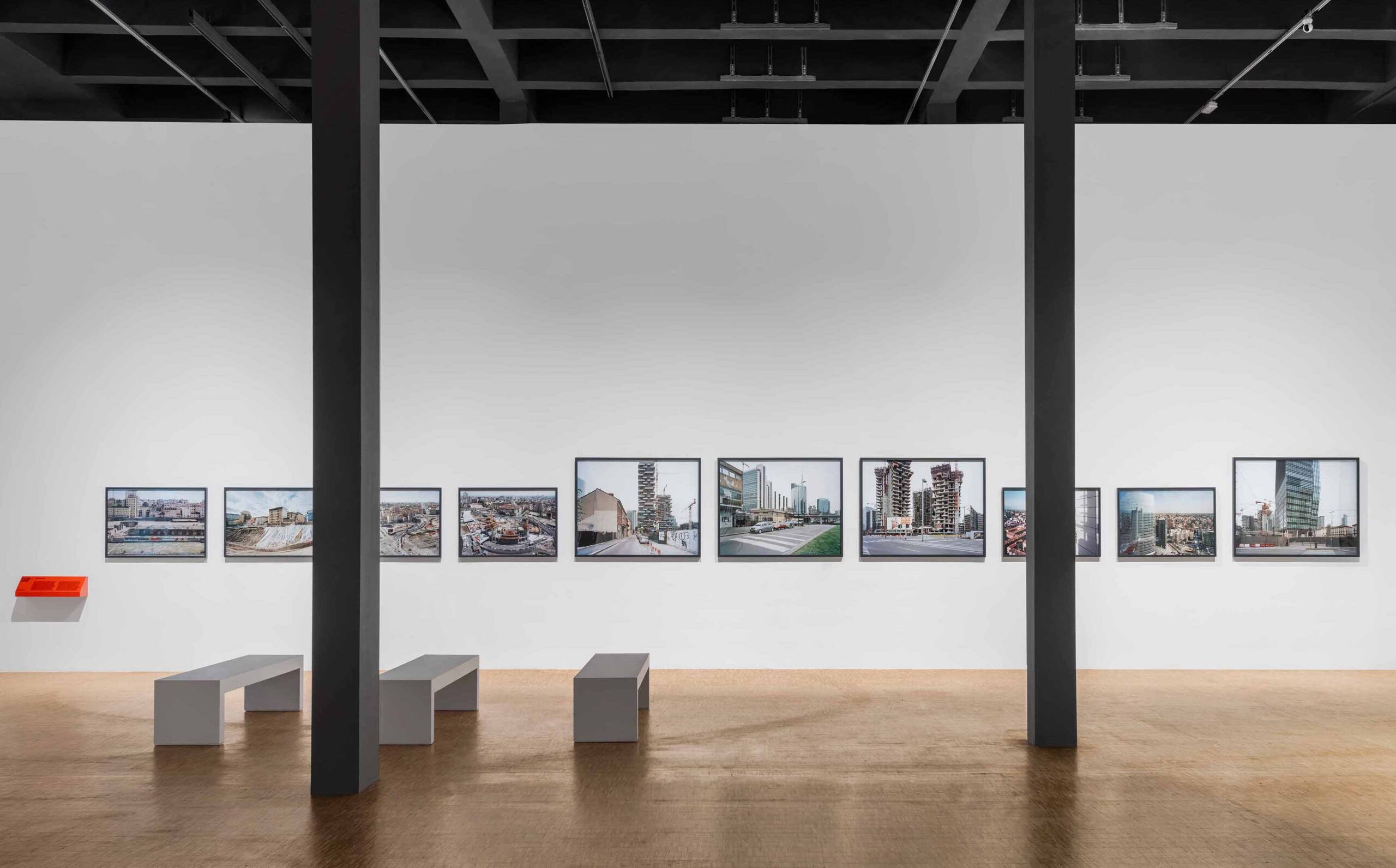
For further information triennale.org
